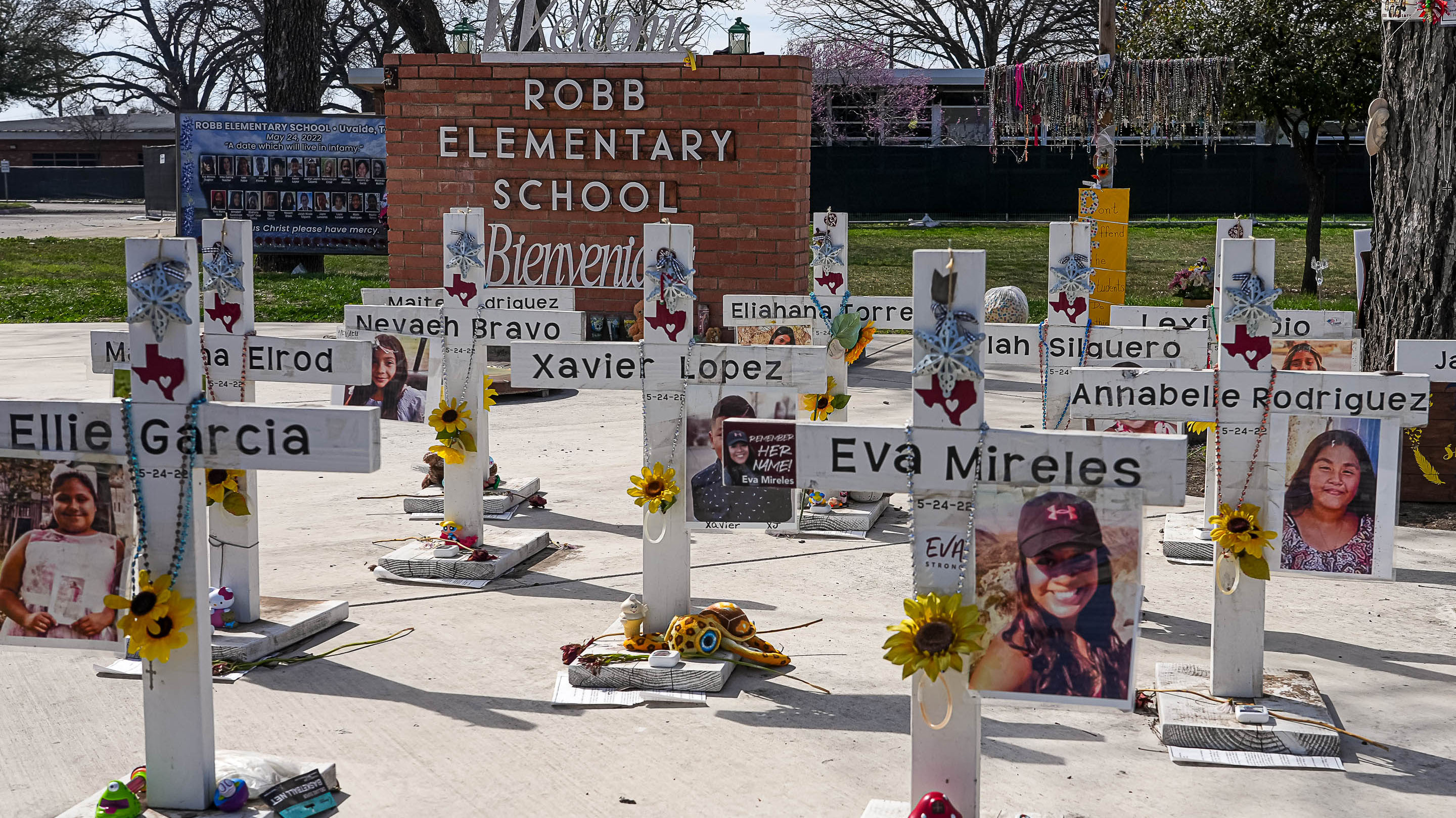NCAA rule giving players a fifth year of eligibility may not be approved in time to help current seniors
Written by CBS SPORTS ALL RIGHTS RESERVED on October 10, 2025


CHICAGO — UCLA coach Mick Cronin is in the middle of a soliloquy Thursday at Big Ten Media Days describing his new big man, Michigan State transfer Xavier Booker, when he does something he’s really adept at: steering the conversation.
“When you’re 6-foot-11, if (Booker) has a good year, he’ll be drafted,” Cronin says matter-of-factly. “Whether it’s this year, next year … or his fifth year.”
Those last four words loom large. Major uncertainty swirling around a potential pivot by the NCAA to allow players five seasons of eligibility in a five-season span — dubbed the “5 in 5” model — has forced some of college basketball’s shakers-and-movers into a bit of an uneasy holding pattern.
The change seems inevitable, but the timing of when a new policy would take effect is unknown.
Some college basketball coaches believe it could be enacted as soon as this month, partially to get football staffs and players on the same page ahead of the lone transfer portal window in early January, but other high-major executives have pushed back against that aggressive timeline.
NCAA rule changes notoriously take forever to get off the mat through a mountain of red tape — but numerous Big Ten coaches reiterated that if it was going to happen for the 2025-26 season, it would have to be enacted … right about now.
“The thing about it is you hear something different every week,” Nebraska‘s Fred Hoiberg said. “The last we heard, it’s probably not going to happen this year, but it may happen in the future.”
If Hoiberg’s intel is accurate, many seniors, including Purdue‘s Braden Smith, the Big Ten Preseason Player of the Year, won’t have the option to return for a fifth season. Of course, Smith would love nothing more than to become a no-doubt, NBA Draft pick next summer, but if that did not coalesce, a fifth year of college basketball would provide a lucrative, high-profile backup plan.
It’s not just Smith in the senior-laden Big Ten. New UCLA point guard Donovan Dent — another preseason All-American selection — would exhaust his eligibility next March (or April, if things go according to plan for the Bruins), but if the status quo got shifted, there are enormous ripple effects on roster-building, recruiting and specifically, incoming freshmen.
“My feeling is that it doesn’t happen this year, unless it happens quickly,” Minnesota‘s Niko Medved said. “My sense is that it’d have to do it before football season ends for this class. If you try to do it retroactively later, that might cause some challenges. I don’t know, but my sense is next year would be the earliest. How you plan around that? It’s the unknown. Whether we like it or not, when that happens, you’ll probably have to think more and more about how many high school players you have to sign.”
And for now, there are more questions than answers.
“I think it would change things dramatically,” Maryland‘s Buzz Williams said. “I think this is the first season since COVID that we do not COVID eligibility players competing, right? And so, if the rule took place and was voted on today, I think any coach would want to know, ‘Does that apply to the team that I have?’ Because that would dictate who I should or shouldn’t be recruiting now.”
Big Ten basketball preseason media poll 2025-26: Purdue, Michigan State overrated; Indiana underrated
Cameron Salerno
Pros and cons of 5-in-5 model
The premise of five years to play five seasons with no redshirts, fewer waivers and eligibility lawsuits is extremely attractive to some. The free COVID year helped former mid-major products like Chaz Lanier or Dalton Knecht completely elevate their profile from deep sleepers into household names and future NBA Draft selections. Older players could lead to an even better product on the floor.
Plus, having a steadfast rule is a bit more attractive than the ever-changing rollercoaster that is eligibility waivers.
“That’s one of the things that would be even for all of us,” Michigan State’s Tom Izzo said. “Some of these other things are not even of us. I do know that it’s really important to me that we keep this game with some integrity in it, and I’m struggling with that a little bit. Rules that are the same for everyone? I’m cool with.”
But redshirting in college basketball is nothing like college football, where one can stay under the four-game threshold and bank a year for later.
“You get two scrimmages to figure out if you’re going to redshirt somebody and then they can’t play again,” Iowa coach Ben McCollum says. “It just doesn’t make any sense.”
Under the new proposal, redshirting as we know it would not exist. That’s something Purdue’s Matt Painter bristles at a tad because very few programs utilize the redshirt strategy as well as the Boilermakers. Trey Kaufman-Renn has transformed into an All-American candidate after sitting out back in 2021-22.
“I’m not a big fan of it, but I also would like to stick be in the room for whoever’s pushing it, to hear what they have to say why it’s best for college basketball,” Purdue’s Matt Painter said. “If you go ‘5 for 5’ and that guy can play, but his first year, he doesn’t play, we’re opening up the can of worms to leave. And I don’t like giving them more opportunities to leave.
“I want to give them more opportunities to stay and grow and develop as a group, because that’s why we’re in a really good position right now. It doesn’t mean we win our league. It doesn’t mean we go to a Final Four, but we’re in a really good position because our three best players have all stuck together and grown together and had success together. It doesn’t mean we don’t have other good players in our team because we do, but that’s our nucleus. I just don’t like rules that stop you from growing a team together instead of, you know, trading baseball cards.”
‘It’s not going to change Cooper Flagg’
Thanks to NCAA rule changes allowing players to earn money using their name, image and likeness, how college basketball coaching staffs recruit freshmen has changed significantly in the last few years, but a “5 in 5” change could turn it on its head with an entire extra batch of 23-year-old veterans understandably being in high demand and sopping up available spots.
“It’s not going to change Cooper Flagg,” Medved says with a chuckle. “Cooper Flagg would have been the No. 1 pick in the draft whether he went to Duke or Delaware State. But a lot of these guys, the decisions that they make earlier on in their careers is going to have a huge impact on them playing at the next level.
“So it’s not just for us, it’s for them too. Where can I grow? Where can I develop? Where do I get the opportunity to showcase what I can do? Where do I play through the ups and downs? And so I think it’s going to be a major change for us, but also for a lot of these prospects and the people around them and the decisions that they make out of high school.”
Ultimately, the writing is on the wall. Some high school seniors will be squeezed out and forced to go an alternative route (think junior college, Division II or low-major Division I, like Delaware State). The elite teams will likely have a mix of the best freshmen and a handful of fifth-year veterans. When do we get there? And how do you allocate the resources to prepare for it? That’s the (multi) million-dollar question.
“I mean, I love coaching older guys, so it would be fun,” Michigan‘s Dusty May says. “I just worry that then it’s going to be 6 for 6 and 7 for 7. What’s the right cutoff to not be on a college campus? I don’t know.”
Neither does anyone else.
The post NCAA rule giving players a fifth year of eligibility may not be approved in time to help current seniors first appeared on OKC Sports Radio.





